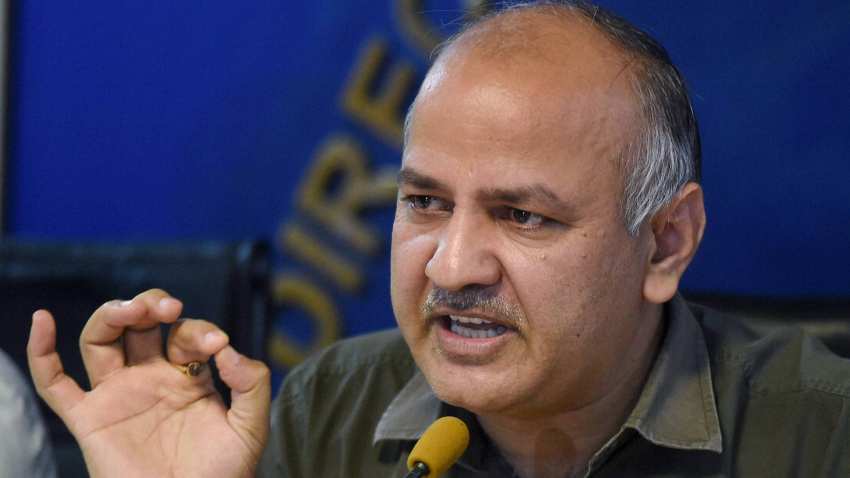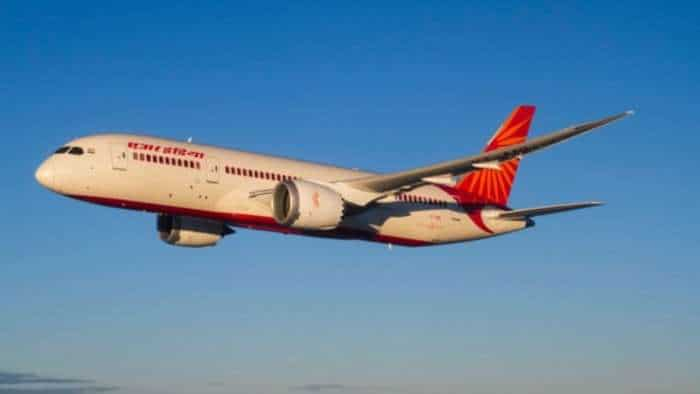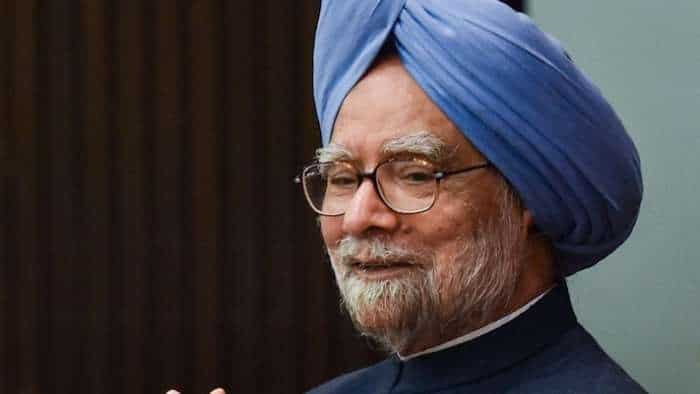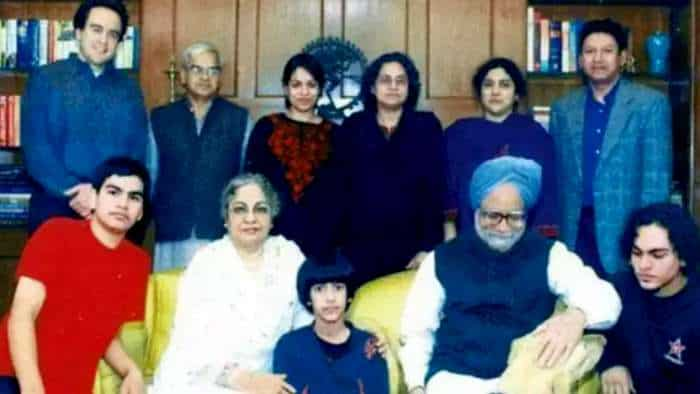Delhi govt's outcome budget 2019-20 shows poor health of DTC
The outcome budget of the transport department, however, showed that cluster buses run under Delhi Integrated Multi Modal Transit System (DIMTS) were registering growth in earnings.

The poor state of Delhi Transport Corporation (DTC) reflected in the outcome budget 2019-20 which showed depleting fleet and dwindling earnings of the public transporter. The outcome budget of the transport department, however, showed that cluster buses run under Delhi Integrated Multi Modal Transit System (DIMTS) were registering growth in earnings.
The outcome budget of the Delhi government was released by Deputy Chief Minister Manish Sisoida on Friday. The number of DTC's operational buses was 3,974 in 2017-18. The target was to raise it to 4,176 in 2018-19, but it remained stagnant 3,897.
The average daily ridership of the public transporter improved slightly as it stood at 33 lakh as against a target of 32.93 lakh in 2018-19. It is targeted to be raised to 33.50 lakh in 2019-20. But, the average fleet utilisation dipped from targeted 87 per cent to 84.63 per cent in 2018-19. The target for 2019-20 is 90 per cent fleet utilisation.
The operating cost per km of DTC buses in 2018-19 was targeted at Rs 88 but it stood at Rs 97.12. The corporation would try to bring it down to Rs 95.99 per km in 2019-20.
The earning per km was targeted to Rs 31.10 in 2018-19 but it stood at Rs 30.32. The new target for 2019-20 is Rs 31.36. Also, the earning per bus per day was Rs 5,898 as against the target of Rs 5,931 in 2018-19. It is targeted to be Rs 6,100 per bus per day in 2019-20.
The cluster buses ticked almost all the right boxes in comparison to the DTC fleet.
According to the outcome budget, the cluster buses were targeted to be raised to 2,758 in 2018-19 but the current number stands at 1,679.
Average ridership was targeted at 12 lakh which was 12.24 lakh in 2018-19. Average fleet utilisation was 98.6 per cent against the target of 97 per cent in the same period.
Per km earning was targeted at Rs 20.55 but it was Rs 30.39 in 2018-19. Earning per bus per day rose to Rs 6,400 against the target of Rs 6,039 in the same period.
The government is trying to enhance safety of women by providing them free ride in public transport. The scheme is expected to materialise in next 2-3 months.
The number of bus marshals deployed for safety of passengers in buses was 2,153 in DTC buses in 2017-18. In 2018-19, the number was to be raised to 4,280 but only 3,041 were available in the buses. The government aims to deploy marshals in all DTC and cluster buses.
The outcome budget also showed that no progress could be achieved in installing CCTV cameras in buses as successive bid.
Get Latest Business News, Stock Market Updates and Videos; Check your tax outgo through Income Tax Calculator and save money through our Personal Finance coverage. Check Business Breaking News Live on Zee Business Twitter and Facebook. Subscribe on YouTube.
RECOMMENDED STORIES
11:32 PM IST











 Delhi govt directs interstate buses to pick and drop passengers from three designated ISBTs
Delhi govt directs interstate buses to pick and drop passengers from three designated ISBTs  Delhi govt to expand mental health counseling services to all govt schools
Delhi govt to expand mental health counseling services to all govt schools  After 13 years, Delhi govt increases PUC certificate charges for vehicles
After 13 years, Delhi govt increases PUC certificate charges for vehicles Delhi govt's pilgrimage scheme for senior citizens to resume soon
Delhi govt's pilgrimage scheme for senior citizens to resume soon Delhi CM Arvind Kejriwal directs officials to complete devp works in unauthorised colonies within 5 months
Delhi CM Arvind Kejriwal directs officials to complete devp works in unauthorised colonies within 5 months